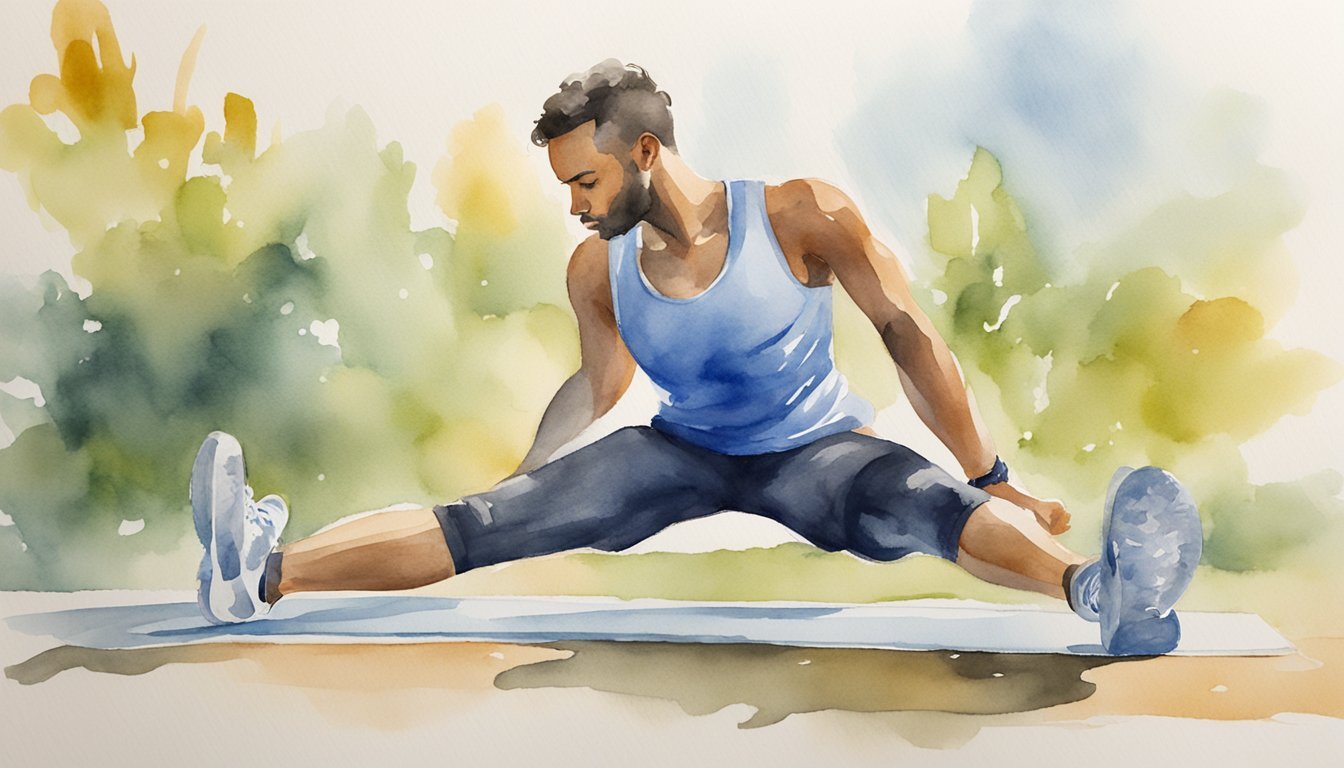Understanding Exercise-Induced Headaches
Exercise-induced headaches are an unfortunate side-effect of physical activity that can range from mild discomfort to severe pain and disruption. This section will navigate through the nature of such headaches, their classifications, and common symptoms and triggers that can help in recognizing and addressing them.
What Are Exercise Headaches?
Exercise headaches, also known as exertional headaches, occur during or after strenuous physical activity. The activities most commonly associated with these headaches include running, rowing, tennis, swimming, and weightlifting. They can be influenced by environmental factors like hot weather or high altitudes which potentially lead to changes in blood flow and oxygen circulation.
Primary vs Secondary Exercise Headaches
There are two types of exercise headaches: primary and secondary. Primary exercise headaches are benign and not linked to any underlying issues. They tend to be short-lived, pulsating headaches that subside after a period of rest. Contributing factors can include dehydration or low blood sugar. In contrast, secondary exercise headaches may indicate a more serious condition that requires medical attention. Symptoms such as confusion, fever, seizure, loss of consciousness, or neck stiffness should be investigated by a healthcare professional.
Symptoms and Triggers
A typical symptom of an exercise headache is a throbbing pain that occurs during or after physical exertion. Other symptoms can include nausea, vision changes, and dizziness. Common triggers for exercise-induced headaches are sweat and dehydration, which underscores the importance of proper hydration. Intensity of the activity and high altitudes can also increase the likelihood of developing a headache. Sweating may lead to loss of fluids and electrolytes, and thus result in dehydration, a known trigger for headaches.
Should symptoms like confusion, severe dizziness, neck stiffness, or loss of consciousness arise, these serve as cues to seek immediate medical care, as they may be signs of a secondary exercise headache. For in-depth information about the causes and treatment of headaches after exercise, esteemed health resources such as Healthline and Mayo Clinic offer valuable guidance.
Prevention and Management Strategies

Effective prevention and management of headaches after exercise can ensure a more enjoyable workout experience and overall better health. Knowing how to prepare the body for exercise and respond to post-exercise discomfort is key.
Lifestyle and Exercise Tips
Proper hydration is crucial to prevent dehydration, which can trigger headaches. Individuals should drink water before, during, and after their workout, and consider beverages with electrolytes to replenish what’s lost through sweat. Regular exercise is important, but pacing is essential; gradually increase the intensity and duration of workouts. Implementing a thorough warm-up and cool down can help regulate blood flow and prevent abrupt changes that may lead to headaches.
- Before Workout:
- Drink water or an electrolyte drink
- Eat a balanced meal with carbohydrates and proteins
- After Workout:
- Continue hydration
- Gentle stretching and relaxation exercises, such as yoga
Emphasis on managing stress and ensuring adequate sleep also contributes to reducing the risk of an exercise headache.
When to See a Doctor
Medical attention should be sought if headaches after exercise are severe or persistent. This is particularly important if headaches disrupt daily activities or are accompanied by other symptoms, such as vision changes, neck pain, or nausea. The Cleveland Clinic highlights exertional headaches that last for a few minutes to a couple of days; however, persistent or severe pain warrants a thorough evaluation.
Treatment Options
The treatment for an exercise headache often mirrors strategies used for other headache types. Rest is a fundamental first step, followed by over-the-counter medications if necessary. For those with a diagnosis of primary exercise headache, preventative medications such as indomethacin or beta-blockers may be prescribed. For headaches related to tension, methods to relax the muscles, like massage, especially around the shoulders or neck, can provide relief. In every case, addressing the underlying cause, like sinus infection or high blood pressure, is essential to tailor the most effective treatment plan.

